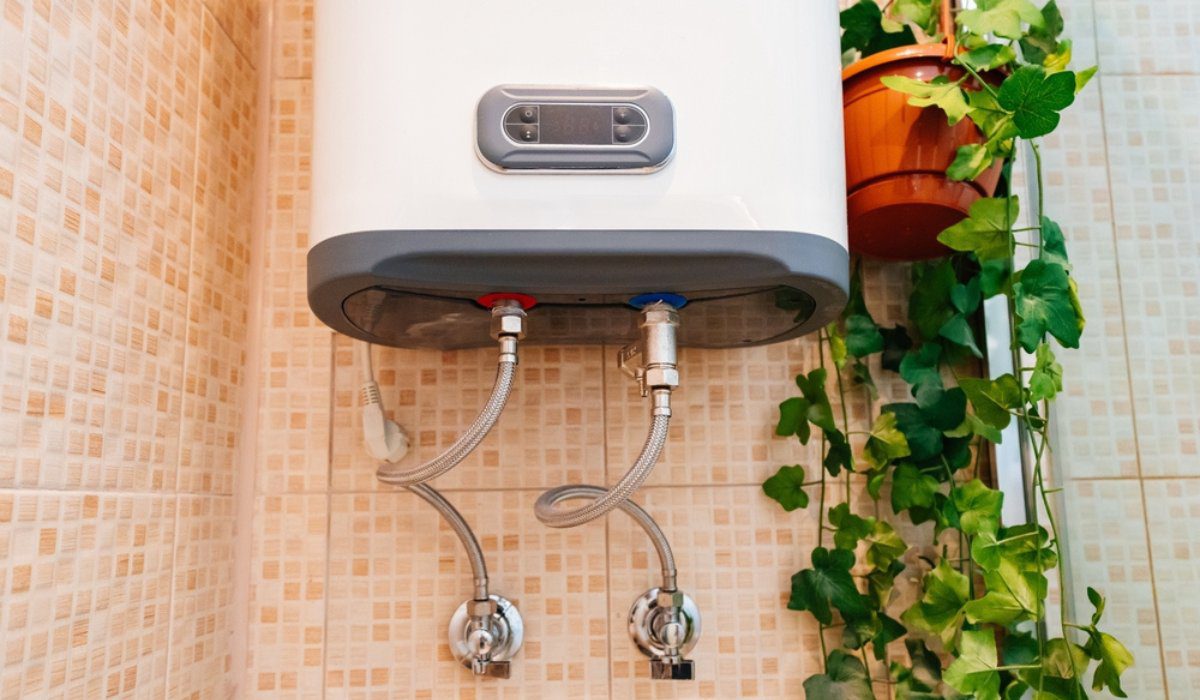How to Care for Your Home's Hot Water System EffectivelySteps to Successfully Care for Your Home's Hot Water System
How to Care for Your Home's Hot Water System EffectivelySteps to Successfully Care for Your Home's Hot Water System
Blog Article
We've stumbled upon the article about How to Maintain a Hot Water Heater in a Few Simple Steps below on the internet and decided it made perfect sense to talk about it with you over here.

Hot water is important for daily comfort, whether it's for a refreshing shower or cleaning recipes. To guarantee your hot water system runs efficiently and lasts longer, normal upkeep is crucial. This post supplies functional suggestions and insights on just how to keep your home's warm water system to prevent disruptions and pricey fixings.
Intro
Maintaining your home's hot water system could appear difficult, yet with a couple of easy steps, you can guarantee it runs smoothly for several years ahead. This overview covers whatever from understanding your warm water system to DIY maintenance pointers and understanding when to hire specialist assistance.
Significance of Keeping Your Hot Water System
Normal upkeep not only expands the life expectancy of your hot water system but also guarantees it operates efficiently. Disregarding maintenance can lead to reduced efficiency, greater energy costs, and even early failing of the system.
Signs Your Warm Water System Needs Upkeep
Recognizing when your hot water system needs focus can stop major problems. Look out for indicators such as inconsistent water temperature level, strange sounds from the heater, or corroded water.
Flushing the Water Heater
Purging your hot water heater removes sediment accumulation, enhancing efficiency and extending its life.
Monitoring and Replacing Anode Rods
Anode rods stop deterioration inside the tank. Examining and replacing them when worn is critical.
Complex Issues Needing Specialist Aid
Examples include major leaks, electric troubles, or if your water heater is regularly underperforming.
Routine Professional Upkeep Perks
Specialist maintenance can include comprehensive evaluations, tune-ups, and guaranteeing conformity with security standards.
Examining and Changing Temperature Settings
Changing the temperature settings ensures ideal efficiency and safety.
Do It Yourself Tips for Maintenance
You can perform numerous maintenance tasks on your own to maintain your warm water system in top problem.
Checking for Leakages
On a regular basis examine pipelines and links for leaks, as these can bring about water damage and higher costs.
Understanding Your Warm Water System
Before diving right into maintenance tasks, it's practical to comprehend the standard components of your warm water system. Usually, this consists of the hot water heater itself, pipelines, anode rods, and temperature level controls.
Monthly Maintenance Tasks
Regular monthly checks can aid capture small problems before they rise.
Checking Stress Relief Valves
Testing the stress safety valve ensures it functions correctly and protects against extreme pressure buildup.
Protecting Pipelines
Shielding warm water pipes decreases warm loss and can conserve energy.
When to Call a Professional
While DIY maintenance is advantageous, some concerns call for expert proficiency.
Conclusion
Normal maintenance of your home's warm water system is important for efficiency, long life, and expense savings. By complying with these tips and recognizing when to seek professional aid, you can make sure a dependable supply of warm water without unforeseen disruptions.
How to Maintain an Instant Hot Water Heater
Before tinkering with your hot water heater, make sure that it’s not powered on. You also have to turn off the main circuit breaker and shut off the main gas line to prevent accidents. Also turn off the water valves connected to your unit to prevent water from flowing into and out of the appliance. 2. When you’re done, you have to detach the purge valves’ caps. These look like the letter “T” and are situated on either side of the water valves. Doing so will release any pressure that has accumulated inside the valves while at the same time avoid hot water from shooting out and burning your skin. 3. When the purge valves’ caps are removed, you have to connect your hosing lines to the valves. Your unit should have come with three hoses but if it didn’t, you can purchase these things from any hardware or home repair shops. You can also get them from retail stores that sell water heating systems. Read the user’s manual and follow it to complete this task properly. When the hosing lines are connected, open the purge port’s valves. 4. You should never use harsh chemical cleaners or solutions when cleaning your unit. Make use of white vinegar instead. It should be undiluted and you’ll probably use about 2 gallons. 5. Now flush your water heater. This task should probably take about 40 minutes. We can’t give you specific directions for this because the procedure is carried out depending on the type, model and brand of your heater. With that being said, refer to the user’s manual. 6. When you’re done draining the unit, you have to turn off the purge port valves again. Remove the hosing lines that you earlier installed on each of the water valves. Put the valve caps (purge port) back in their respective places and be very careful so as not to damage the rubber discs that are found inside these caps. 7. Now that everything’s back in place, check your user’s manual again to find out how to reactivate your water heating system. 8. Once it is working, turn one of your hot water faucets on just to let air pass through the heater’s water supply pipes. Leave the tap on until water flows smoothly out of it. https://www.orrplumbing.com/blog/2014/september/how-to-maintain-an-instant-hot-water-heater/

As a serious reader about How to Maintain a Hot Water Heater in a Few Simple Steps, I assumed sharing that excerpt was a great idea. Make sure you take the opportunity to promote this post if you enjoyed it. Thanks a lot for going through it.
About This Report this page